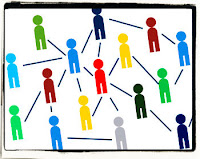Three Best Practices from TEDx for Everyday Presentations

In real life I am one of the speaker coaches at TEDxStockholm. People often ask how they can learn to speak TED style, but to do it just like a TED or TEDx talk they would need more time than they would normally budget for even an important presentation. TEDx speakers often work on their talks months before an event and then invest many hours in preparation and rehearsals. But there are some best practices that we can learn from the TED(x) format that will help in any presentation or talk, including the routine business pitches where you don't have the luxury of having plenty of time and the help of professional coaches. There are many of these practices but there are three which are especially important. Keep it Short . In the TED format all talks are limited to an inflexible maximum of 18 minutes, and many talks are actually much shorter -- some in single digits. This is one of the key elements of the TED success story. Almost all speaking -- and writing -- can be improved...


